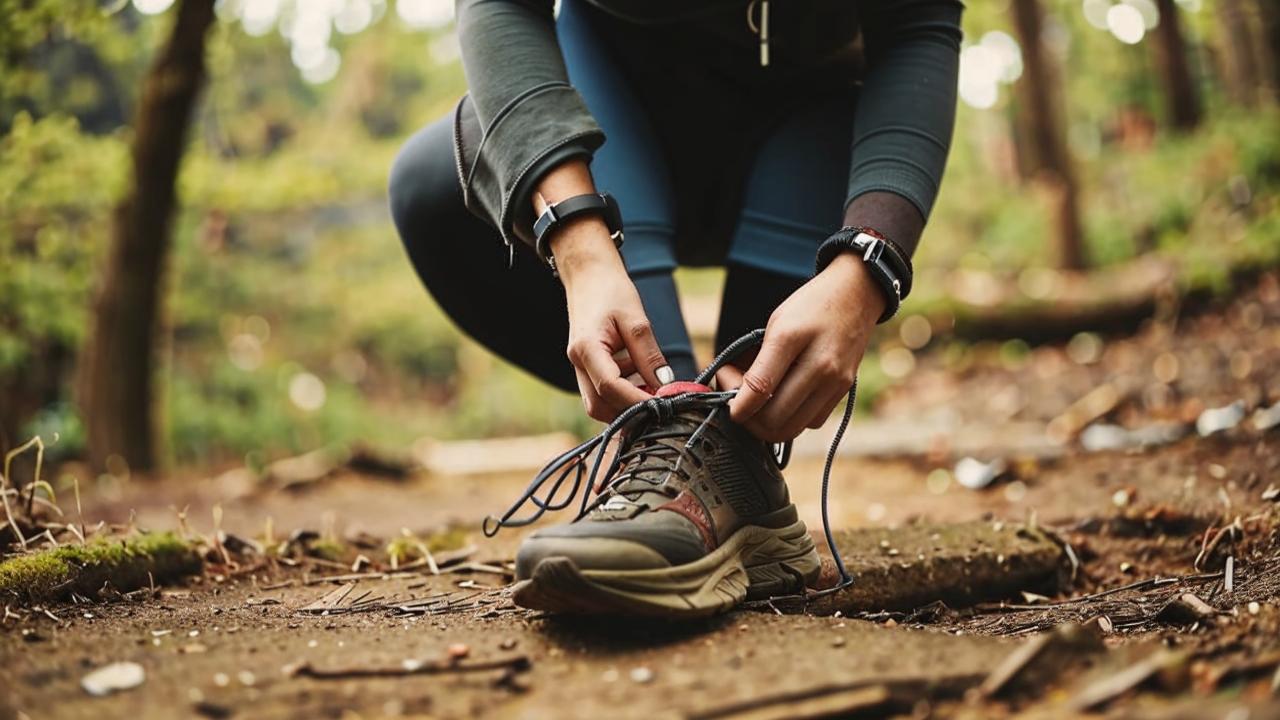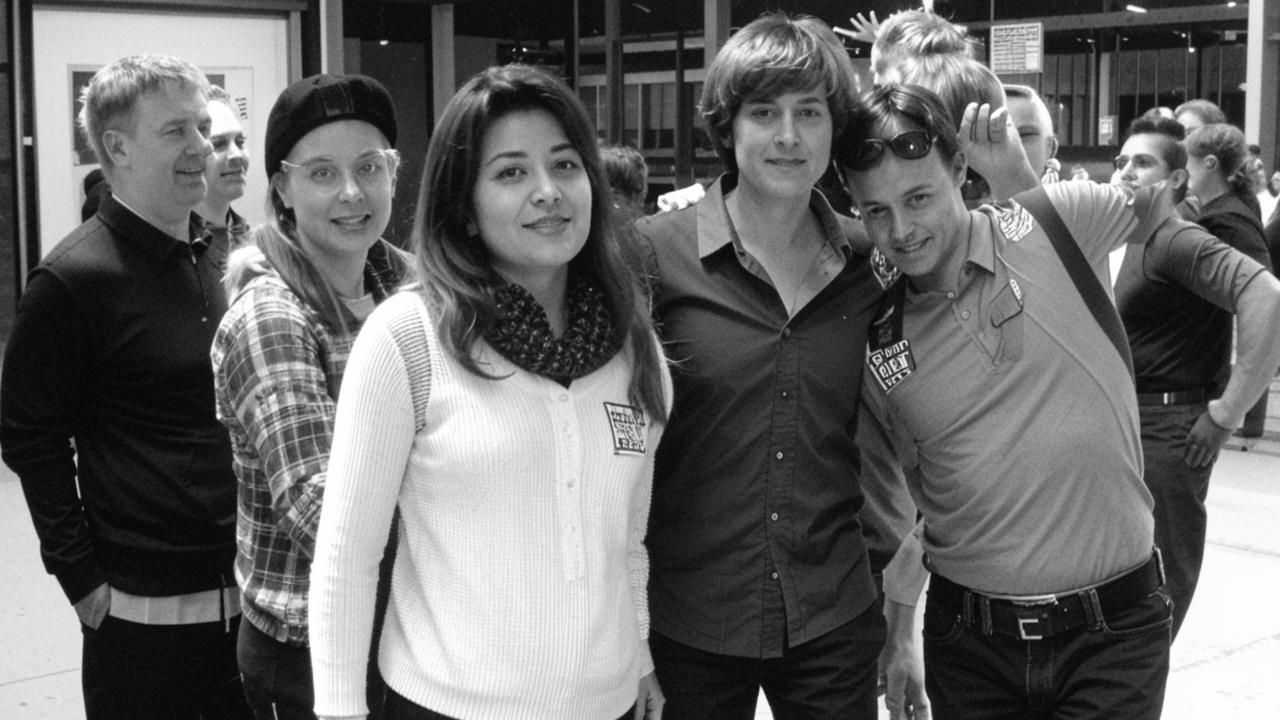What you should not do if you have a blister and how to get rid of it once and for all

The simplest option – for example, cutting off the rough skin – is not always the most correct.
We deal with the doctor.
Calluses – terrible companions of our long-suffering feet. They appear on the most unexpected areas of the skin and make the usual activity difficult, almost unbearable.

lekár najvyššej kvalifikačnej kategórie, vedúci oddelenia funkčnej diagnostiky
If you are diagnosed with diabetes mellitus, you are concerned about chronic cardiovascular diseases or you have problems with blood circulation, calluses may appear for reasons related to your disease. Do not try to treat them on your own.
Self-treatment can make foot problems worse. See your primary care physician or a podologist, a foot health specialist.
What calluses are
A callus is an area of hard, rough skin that appears in an area of increased friction or pressure.
- Dry, or hard – roughness and thickening of the skin on the palms or soles of the feet, often yellowish in color. Calluses are larger in size than corns and do not have a clear edge.
- Arod callus is a type of dry callus with a hard rod that penetrates deeply into the skin. It is necessary to check with a doctor whether the formation can be a plantar wart, as their treatment is different.
- Corns – form above or between the toes, round areas of thickened skin around a grayish hard center.
- Water callus (wet callus, or soft callus) – a small accumulation of fluid that usually occurs in the upper layers of the skin after it has been damaged, most commonly on the hands and feet.
Júlia: We are talking about the most common cause of calluses – uncomfortable shoes. But this problem also concerns, for example, musicians – calluses appear on the hands because of regular playing of an instrument. It is important to observe hygiene and take care of the safety of your skin in advance. Do not neglect protective products.
And about how to protect your skin from the summer sun, told in the article below.
What happens to the skin in place of a callus
The appearance of calluses can be considered one of the protective reactions of the body. With prolonged traumatization, one layer of epithelium is layered on another, forming a thickening. If no action is taken, a rather thick layering of cells is formed. The keratinized area, especially stale, loses sensitivity, its blood circulation is disturbed.
Júlia: At this point, many people try to cut the callus – there is no pain. Do it yourself is not worth it. You can traumatize the healthy zone and bring infection. In addition, the skin will respond to your intervention even more powerful production of cells of the stratum corneum, and the callus will quickly return to its place.
What to do if you have rubbed a blister
- Wear thick, soft socks.
- Steam your feet in warm water to soften them.
- Apply moisturizing lotion or cream to the affected area daily. Choose products with salicylic acid, ammonium lactate or urea. These ingredients will help gradually soften rough skin.
- Use specialized patches to protect calluses from further damage during activity, especially during running and other vigorous workouts. This will shorten healing time and reduce the risk of re-injury.
What to do to keep blisters at bay
- Choose wide, comfortable shoes with low heels and soft soles that don’t chafe, use padded insoles or silicone inserts in shoes.
- Use a pumice stone or foot file regularly to remove rough skin. But don’t overdo it to avoid damaging the skin – this can cause bleeding and infection.
- Wear shoes that are the right size for you. A common cause of calluses is wearing shoes that are the wrong size and shape for your foot.
Pay special attention to choosing shoes for sports.
- The big toe should not reach the toe at least 3-4 mm. The fact is that when running, the foot increases in length and width. Therefore, if you choose sneakers size in size, you can get an injury, including a blister.
- The sole and upper of the sneaker should be flexible and soft at the top and toe. Rigid elements are allowed only in the heel part and only where there is no direct contact with the foot.
About what else to pay attention to when choosing sneakers for sports, told in our article.
What you can not do if you rubbed a blister
- Do not try to cut calluses or corns yourself.
- Do not walk long distances – so you will additionally mechanically traumatize the skin.
- Do not wear high heels or tight shoes with a narrow toe.





